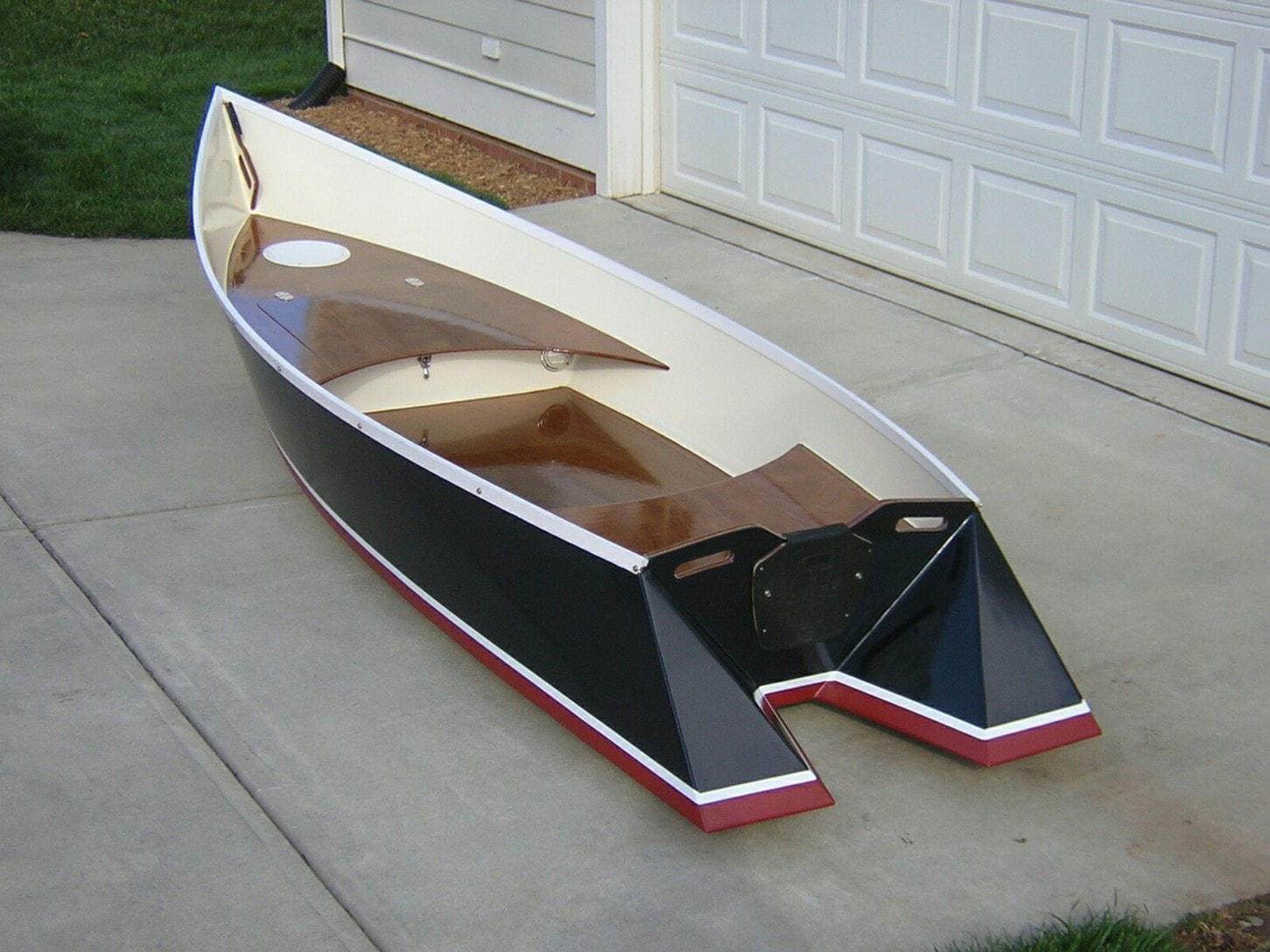
Building a Narrowboat: A Comprehensive Guide to Wooden Hull Construction
The allure of a wooden narrowboat is undeniable. The timeless elegance, the handcrafted quality, and the intimate connection to the water create a unique boating experience. Building your own wooden narrowboat is a journey of skill, dedication, and immense satisfaction. This comprehensive guide provides a step-by-step roadmap for crafting a narrowboat hull from wood, guiding you through the process from planning to completion.
I. Planning and Design
Before diving into construction, meticulous planning is paramount. This involves defining your boat's purpose, desired dimensions, and style.
1. Purpose and Usage
Consider the intended use of your narrowboat:
2. Dimensions and Layout
Determine the overall length, beam, and draft. These factors influence the boat's capacity, stability, and navigability.
3. Design and Plans
Choose a suitable design or commission custom plans from a naval architect. Consider the following:
II. Materials and Tools
The success of your project hinges on selecting high-quality materials and utilizing appropriate tools.
1. Timber Selection
The choice of wood is crucial. Consider:
2. Essential Tools
Gather the necessary tools for accurate cutting, shaping, and assembling the boat:
III. Construction Process
The construction process is methodical, demanding precision and attention to detail. Follow these steps:
1. Building the Frame
The frame provides the boat's structural integrity.
2. Planking the Hull
Planking forms the boat's outer skin.3. Deck and Superstructure
Construct the deck and superstructure.
4. Finishing Touches
Complete the finishing touches for aesthetics and functionality.
IV. Launching and Commissioning
The launch of your hand-built narrowboat is a significant moment.
1. Final Inspections
Before launch, conduct thorough inspections of the hull, deck, and machinery to ensure everything is in good working order.
2. Launching Process
Carefully launch the boat using a slipway or a floating cradle, ensuring proper alignment and stability.
3. Commissioning Trials
Conduct initial trials to check for leaks, engine performance, and overall handling. Make any necessary adjustments or repairs.
V. Maintenance and Care
A wooden narrowboat requires regular maintenance to preserve its beauty and longevity.
Building a wooden narrowboat is a challenging but immensely rewarding endeavor. By diligently following these steps, you can create a vessel that reflects your craftsmanship and provides countless hours of enjoyment on the water.








No comments:
Post a Comment
Note: Only a member of this blog may post a comment.